Six major coffee producing areas in Africa and Kenya introduce Kenyan coffee variety & Kenya 72-hour washing
Professional coffee knowledge exchange more coffee bean information please follow the coffee workshop (Wechat official account cafe_style)
The bright sour, gorgeous, full and excellent taste of Kenyan coffee is unforgettable for those who have drunk it. Qianjie Cup has tested a lot of coffee beans from different producing areas of Kenya. If high acidity is the soul of good coffee, then Kenya must be the representative of this soul! Kenyan coffee beans also have a special place, most coffee beans with bright sour generally do not have a thick touch, such as Ethiopian beans, the feeling of entering the mouth is clean and refreshing, while Kenyan coffee is a berry juice that covers the whole mouth, such as tomato juice.

Brief introduction to Kenya
Located in eastern Africa, the equator runs through central China, and the Great Rift Valley stretches north and south. It is bordered by Somalia to the east, Tanzania to the south, Uganda to the west, Ethiopia and Sudan to the north, and the Indian Ocean to the southeast. There are many plateaus in the territory, with an average elevation of 1500 meters. The central peak of Kirinaga (Mount Kenya) is 5199 meters above sea level and the top of the mountain is covered with snow, making it the second highest peak in Africa.
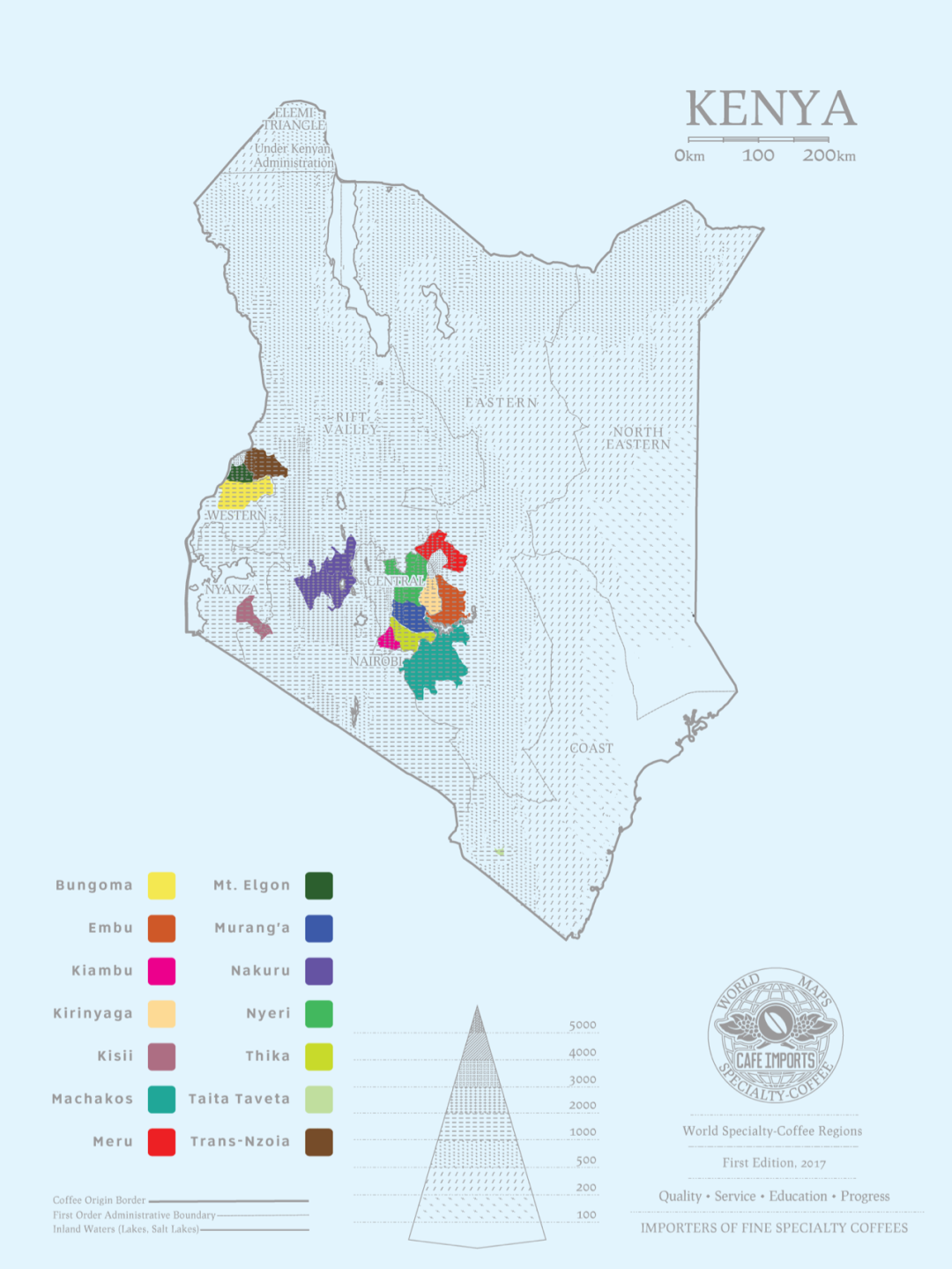
Kenya is a tropical region, with two rainy seasons a year and two harvests, with 60% concentrated from October to December and 40% from June to August. Coffee is mainly grown in volcanic areas from the capital Narobi to the mountains of Kenya at an altitude of 1600-2100 meters. This height is suitable for the development of coffee bean flavor, because the mountain temperature is lower, the growth is slow, the aroma components of coffee beans have been fully developed, the sour taste is more obvious, and the texture is harder. This fertile moonbend-shaped coffee area is the main producer of Kenyan boutique beans.
Kenyan producing area
The main coffee producing areas in Kenya are six major producing areas, including: Thika, Kirinyaga, and the western side of Mount Kenya (Mt. Kenya West, Nyeri, Kiambu, Muranga. The harvest periods of the six major producing areas are all from October to December (the main production season) and from June to August (the by-product season).
Sika (Thika)
Sika is a small town in Nairobi, the capital of Kenya. There are many coffee fields around Nairobi, and Sika is an industrial town, but surrounded by agriculture and waterfalls. There are about 2000 farmers in Sika. The planting history of Kenyan Sika coffee can be traced back to the end of the 19th century. Coffee trees were introduced from neighboring Ethiopia in the north and improved by their own varieties. At present, the common varieties are Bourbon, Kents, SL34, SL28, Typica and Riuri 11. Now about 90% of the coffee varieties are SL34 and SL28. The new variety Batian published in 2007 has not been planted in large quantities. The flavor of the region has bright acidity, thick berry juice and honey sweetness.
Altitude: 1550mi 1750m
Variety: sl-28,sl-34
Qilin Yajia (Kirinyaga)
Located on the hillside of Mount Kenya, close to Nyeri, Kirin Yaga is famous for its strong, rich and solid-tasting coffee. Together with Nyeri, it is recognized as the two best producing areas in Kenya. Most of the producers in this area are small coffee farmers who join the cooperatives, while the cooperatives play an integrated role, providing washing plants, and coffee farmers send the coffee fruits to the cooperative processing plants for processing. The flavor of this area has bright acidity, moderate grease and delicate sweetness.
Altitude: 1300 to 1900 m
Varieties: SL-28, SL-34, Ruiru11, Batian.
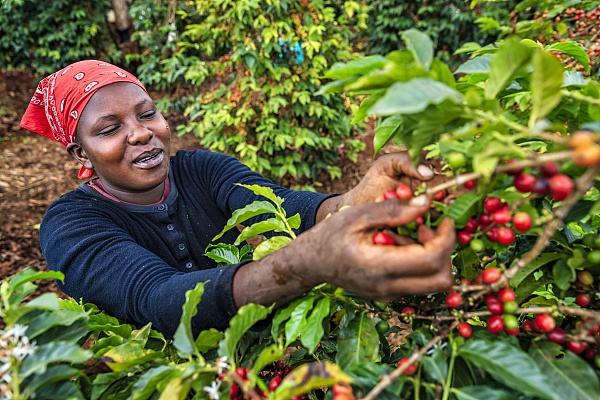
The west side of Mount Kenya (Mt. Kenya West)
The western side of Mount Kenya includes the Bungoma district of Kisii and Mount Elgon. Chesi is located in southwestern Kenya, not far from Lake Victoria, is a relatively small producing area, most coffee beans come from free small-scale producers of common cooperatives. The coffee flavor in this area is very different from that in the central region, which has roasted nuts and soft acidity and is popular with buyers who do not like bright acidity.
Altitude: 1450 to 1800 m
Varieties: SL-28, SL-34, K7
Nieli (Nyeri)
Nieli, located in central Kenya, is home to the extinct volcano Mount Kenya. The red soil in this area breeds the best coffee in Kenya. Agriculture is extremely important here; coffee is the most important crop. Common cooperatives made up of small farmers are more common than large manors. There are two harvests in this area, but coffee from the growing season is usually of high quality. With a bright berry juice, citrus and faint floral aromas, the coffee beans grown here make Kenyan coffee famous all over the world.
Altitude: 1200-2300 m
Varieties: SL-28, SL-34, Ruriu11, Batian

Qianbu (Kiambu)
This producing area in central Kenya has the highest coffee growing area in the region. However, some coffee trees at high altitudes can get Dieback and stop growing. This producing area is named after the town of Nakuru. Coffee is grown here in the form of both manors and small farmers, but the yield is relatively small.
Altitude: 1850-2200 m
Varieties: SL-28, SL-34, Ruiru11, Batian
Mulanga (Muranga)
The Muranga producing area belongs to the Central Province, where there are about 100000 coffee farmers. This inland producing area was the place of settlement chosen by the first missionaries because Portugal banned them from living in coastal areas. It is also another producing area that benefits from volcanic soil, with more small coffee farmers than manors. The coffee in this area has bright acidity and thick fruit juice to the touch.
Altitude: 1350 to 1950 m
Varieties: SL-28, SL-34, Ruiru11, Batian

Coffee bean variety
Lmur28 and SL-34. This is the second of 40 varieties led by Guy Gibson of Scott Scott Laboratories Lab, which was cultivated and named in the laboratory in 1930. According to botanists in SL laboratory, SL28 and SL34 are genetic variants. They account for the vast majority of Kenya's high-quality coffee production, but these varieties are susceptible to leaf rust. SL34 has French missionaries, bourbon, and more Tibica ancestry. Copper leaf color and broad bean-shaped beans have a great sense of sweetness, balance and complex flavor, as well as remarkable citrus and black plum characteristics.

Ruiru 11: in 1985, with the outbreak of iron rust in the world, Kenya developed hybrid varieties with high yield and low quality, but the flavor quality was far lower than that of the previous sl28 sl34, and it did not develop in the boutique coffee industry. However, many even imported boutique coffee suppliers mix the hybrid beans with Blend to reduce costs.
Coffee bean treatment-72-hour washing in Kenya
Kenya adopts the cycle repeated treatment method of washing after fermentation, which is made after the same day of harvest. The best quality coffee berries are selected for peeling and fermentation. The fermentation time is 24 hours, and clean river water is used after 24 hours. Then, it is fermented again with clean river water for 24 hours, then washed, and repeated 3 times to reach 72 hours, so it is called Kenyan 72-hour fermentation water washing treatment, referred to as [K72].
The first washing and fermentation of ①
After the coffee berry harvest, the beans will first be picked by the specific gravity of the water flow, the principle is to use the difference in the density and quality of the coffee fruit itself to do screening; coffee beans with high density (heavy) will sink into the water, while coffee beans with low density will float. The coffee fruits with high mature quality have high density, so they are screened out for further treatment.

After the high-quality and ripe fruits are selected, the peel is removed, washed and soaked, and the pectin mucus attached to the outer layer of raw beans is fermented. Pectin has natural sugars and alcohols, which play an important role in the development of sweetness, acidity and overall flavor of coffee. The fermentation time is as long as 24 hours. after fermentation, 80-90% of the pectin can be removed, leaving only the flavor in the coffee beans.
The second washing and fermentation of ②
Then enter the second washing fermentation process, the coffee beans in the previous stage are washed and soaked in water for 24-48 hours. This process increases proteins and amino acids, and the acidity of coffee beans creates complex and delicate layers of taste. Finally, remove all remaining pectin and move the coffee beans to a high shelf for sun drying.

The fermentation time is as long as 24 hours. after fermentation, 90% of the pectin can be removed, leaving only the flavor of the coffee beans. finally, all the remaining pectin is removed and the coffee beans are moved to a high shelf for sun drying. the drying time depends on the weather conditions, which usually takes about 10 days to complete.
Qianjie believes that coffee beans treated with 72-hour fermentation water in Kenya are fermented for a long time at low temperatures and finally dried and dehydrated, giving the beans a brighter, cleaner and fuller flavor.
Coffee bean grading system (graded by size)
AA grade with excellent quality (flavor, taste) in AA Plus (AA+) cup.
AA particles: size (Screen Size) 17-18 mesh.
AB particles: size (Screen Size) 15-16 mesh, accounting for the majority of output.
C particles: those whose size (Screen Size) is smaller than AB.
TT from AA and AB beans: lighter beans blown out with an airflow filter.
T from Class C beans: lighter beans blown out with an airflow filter.
E Elephant Bean: two beans into one of the large mutant beans, also known as elephant ear bean Elephant ear.
PB Peaberry: classified by appearance, independent of flavor weight.
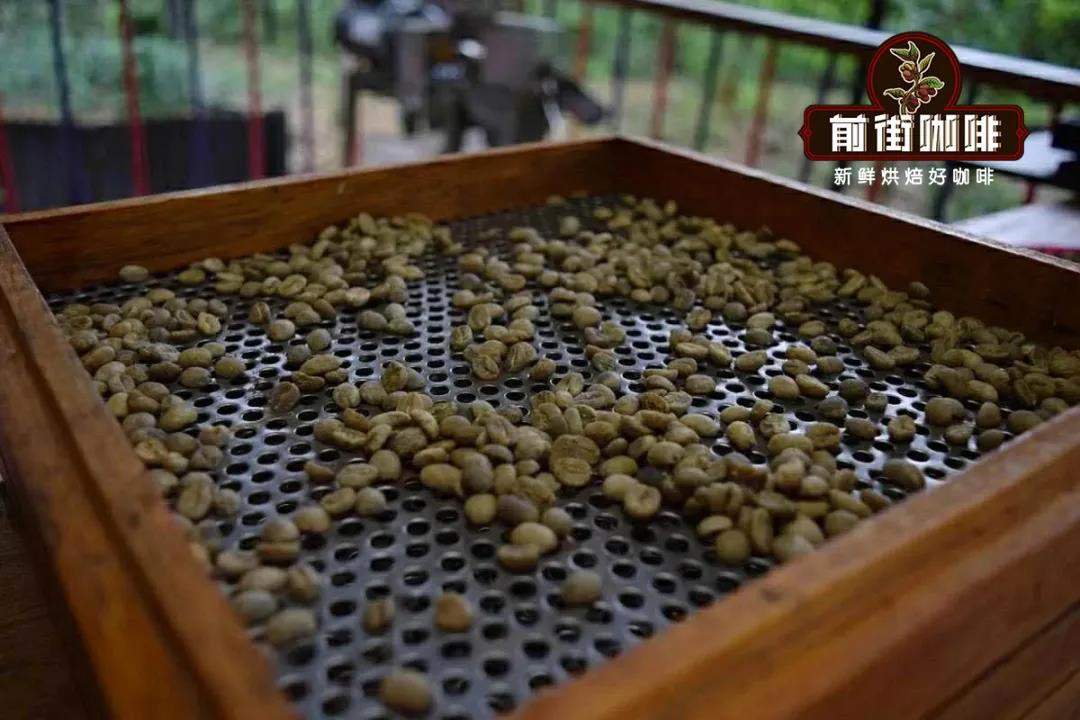
For the raw coffee beans of AA grade and AB grade, the special classification of cup test results (not officially recognized by Kenyan countries, made by exporters) is added, and the order from high to low is TOP, PLUS (+) and FAQ. The Kenyan Asalia flavor level on the front street coffee bean list has reached the TOP level, but as mentioned earlier, this is not an official grading system, and not every coffee bean collected in front street coffee from several Kenyan producing areas has a flavor grade, so there is no need to worry too much about this piece, generally reaching the AA level and AB level, the flavor is actually very high quality by default.
Asalia of Kenya is from the Sika region where the coffee is on the front street. Next, let's talk about how we bake the beans & brew the beans to see how they taste.
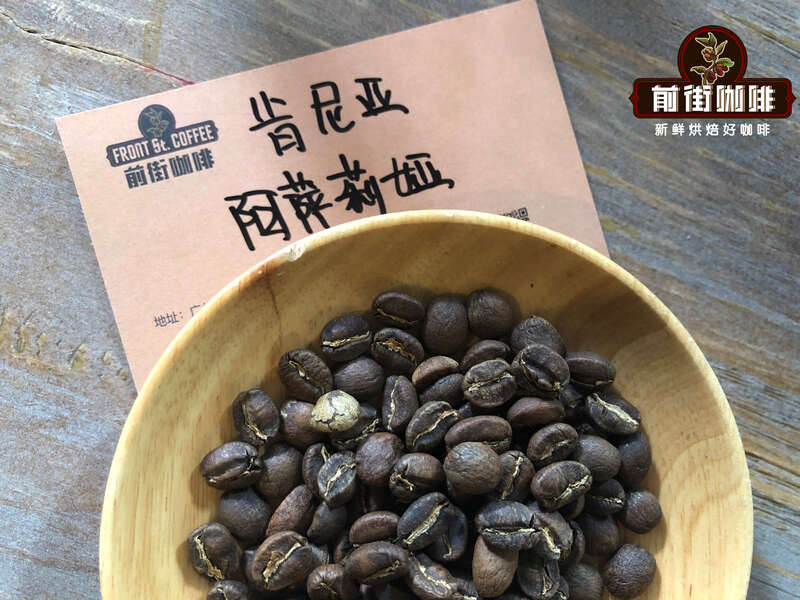
Producing area: Sika Thika, Kenya
Processing plant: Asali honey processing plant
Altitude: 1550-1750 m
Rating: AA TOP
Variety: SL28,SL34
Treatment: 72-hour washing in Kenya
Qianjie baking suggestion
Qianjie Coffee roasted this Kenyan coffee bean with medium and light roasting to highlight its rich fruit acidity and full berry juice taste.
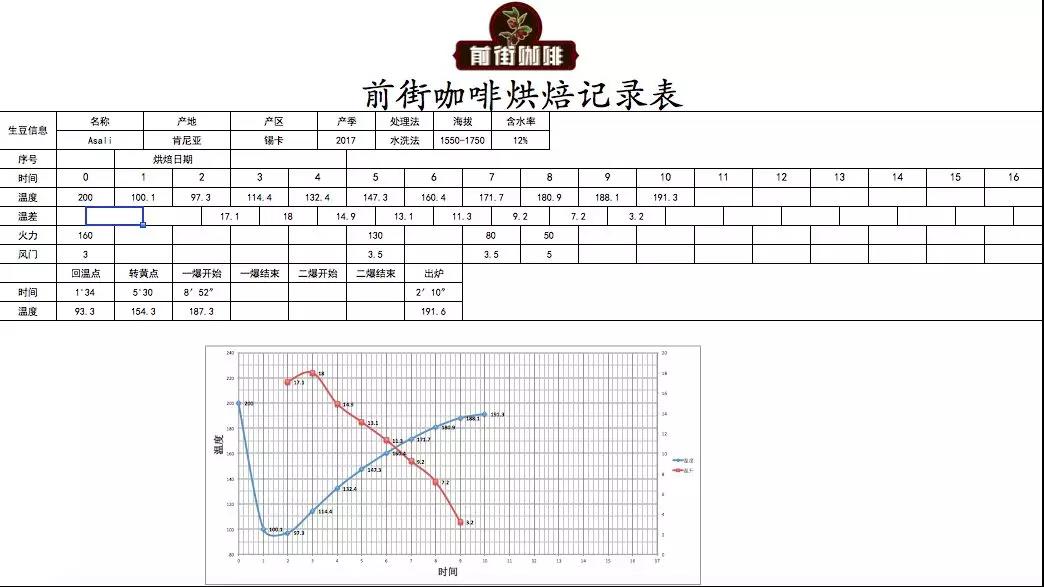
Machine: Yang family 800N, raw bean 550g
Input bean temperature: 200℃
Flashpoint: 5 minutes 39 percent 30 ", 154.3 ℃
After one explosion, the development was 2: 10 ", 191.6 ℃ came out.
Qianjie Cup test report
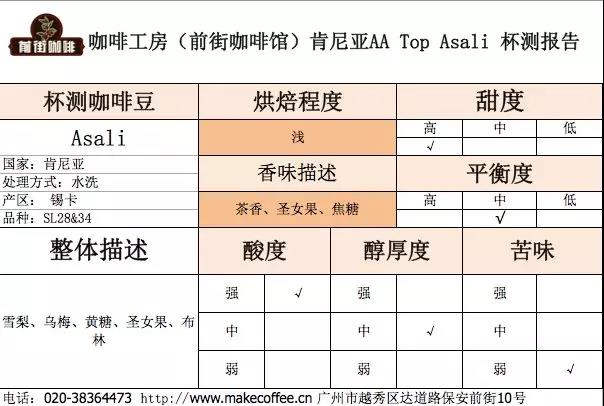
The suggestion of cooking in Qianjie
Qianjie Coffee takes into account that this bean uses a medium-shallow baking method, and will use a filter cup with higher water temperature and faster flow rate, mainly because it is extracted from its bright acidity with high temperature, but it does not want to be over-extracted because of high temperature. so choose the V60 filter cup with faster flow rate.
Ratio of powder to water: 1:15 15g powder: 225ml water
Water temperature: 90 ℃ ~ 91 ℃
Degree of grinding: fine granulated sugar size (20 standard screen pass rate 80%)

In the first stage, 30 grams of water is injected for 30 seconds, followed by 95 grams (about 125 grams indicated by the electronic scale). The injection is completed in about 1 minute, and the remaining 100 grams are injected at 3 places in the powder layer when the water level drops to 2 grams (about 225 grams shown by the electronic scale). About 1 minute and 40 seconds. The filtration is completed, remove the filter cup and complete the extraction.
Cooking flavor: the mouth has the flavor of black plum and virgin fruit, the taste is strong sour, thick, middle sweet, juicy, aftertaste berry and yellow sugar sweet, and green tea aroma.
For more boutique coffee beans, please add private Qianjie coffee on Wechat. WeChat account: kaixinguoguo0925
Important Notice :
前街咖啡 FrontStreet Coffee has moved to new addredd:
FrontStreet Coffee Address: 315,Donghua East Road,GuangZhou
Tel:020 38364473
- Prev
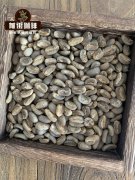
How is the development of coffee farms in Costa Rica? What is the ranking of coffee quality in Costa Rica?
During the Excellence Cup event, Ally Coffee's Central American buyer Bram first contacted the producer JorgeVasquzUrea and his cousins Alex and Daniela in a coffee shop in San Jose, Costa Rica. Since that meeting, the relationship has developed, and Ally Coffee has invested in ways to help connect Roble Negro coffee with roasters around the world.
- Next
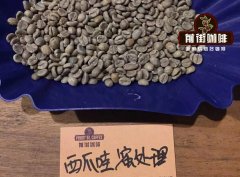
How does Indonesia follow Colombia's development and innovative approach to Indonesia's innovative treatment of Mantenin flavor?
Indonesia is the fourth largest coffee producer in the world, after Brazil, Vietnam and Colombia. In the late 19th century, after the rust of coffee leaves erased most of the high-quality Arabica varieties, the country switched to Robusta coffee in 1900. Today, about 25% of the coffee produced in Indonesia is Arabica coffee, but only a small portion of it is specialty coffee. Do
Related
- Beginners will see the "Coffee pull flower" guide!
- What is the difference between ice blog purified milk and ordinary milk coffee?
- Why is the Philippines the largest producer of crops in Liberia?
- For coffee extraction, should the fine powder be retained?
- How does extracted espresso fill pressed powder? How much strength does it take to press the powder?
- How to make jasmine cold extract coffee? Is the jasmine + latte good?
- Will this little toy really make the coffee taste better? How does Lily Drip affect coffee extraction?
- Will the action of slapping the filter cup also affect coffee extraction?
- What's the difference between powder-to-water ratio and powder-to-liquid ratio?
- What is the Ethiopian local species? What does it have to do with Heirloom native species?

